Sino-Japanese relations in 2021
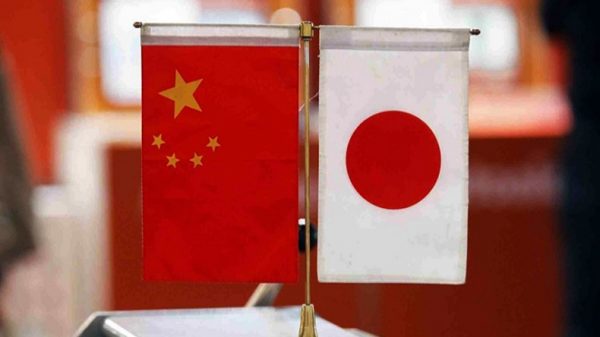
Vladimir Terehov:
THE development of the situation in the Indo-Pacific region, where the entire global political map of the 21st century will be increasingly determined, is significantly influenced by the state of affairs in each side of the ‘Asian Triangle’: China, India, and Japan. Moreover, one should expect only an increase in this influence as the significance of the US presence in the world arena decreases.
The development of relations in two sides of the designated triangle deserves special attention, namely: China-India and China-Japan. The overall picture, reflecting the political aspects of the current state of these relations, is dominated by dark tones. Still, towards the end of 2021, it was possible to note hints of some glimpses in it with caution. Let us briefly touch upon the results with which the development of Japanese-Chinese relations came to the end of 2021.
Once again, it should be noted that ‘Asia’s paradox’, attributed to the former South Korean president Park Geun-hye, now in prison, is clearly present. However, her services to her country, associated primarily with attempts to improve relations with Japan, are still awaiting evaluation.
The aforementioned paradox boils down to a directly opposite picture of the state of affairs in the trade, economic and political spheres of paired relations between almost all leading Asian countries. The first looks quite positive and, as a rule, thrives, while the second is assessed negatively to varying degrees.
China ranks first among Japan’s foreign trade partners. In 2020, China accounted for 22.1 per cent of Japanese exports, while the key military-political ally the United States with 18.5 per cent is in second place. In turn, for China, Japan is the third market for its products after the United States and Hong Kong. The percentage between the three leaders looks like: 17.5 per cent, 10.5 per cent, and 5.5 per cent.
On January 1, 2022, the Regional Comprehensive Economic Partnership, signed in November 2020, entered into force and had been ratified during 2021 by all 15 participants. The main countries in this association, potentially comparable in importance to the European Union, are China and Japan.
In September 2021, there was an official application requesting China to join the Comprehensive and Progressive Agreement for Trans-Pacific Partnership regional association with Japan as its unofficial leader.
Against the background of such trade and commercial ‘bonding,’ the political sphere of Sino-Japanese relations looks like a sharp contrast. And the main irritating element in this area remains the US-Japanese Security Treaty of 1960, loyalty to which and the willingness to take all necessary measures to strengthen it further have been expressed by every prime minister of Japan. It invariably becomes their first public act right after taking the highest public office. At every such moment, Japan confirms its positioning ‘shoulder to shoulder’ with a key ally in the process of its geopolitical confrontation with China. The last government was headed by Fumio Kishida.
However, in the past 10–15 years, there has been an inevitable levelling of responsibilities with members of the American-Japanese alliance. Let us emphasise that with the encouragement of this process from the United States, whose leadership — long before the period of Donald Trump’s presidency — took a course towards reducing the scale of American involvement in international disputes.
By assuming more obligations, Japan also gains more freedom of conduct in the international arena. It has not yet led to any significant positive changes in Tokyo’s policy towards China. The presence of Japan in Southeast Asia and the Indian Ocean is becoming more and more noticeable, including the military, which manifests itself, in particular, in the form of an increase in the scale of Japan’s participation in joint exercises with the United States, some European countries, Australia and India. These exercises are increasingly being conducted under Japanese command.
Military activity is also increasing in the area of the five uninhabited Senkaku Islands located in the East China Sea controlled by Japan, but which China claims to own, where they are called Diaoyu Dao. The topic of more and more frequent military exercises based on the scenario of ‘unexpected capture’ of these islands by some ‘foreign forces’ was raised by general Wei Fenghe, minister of national defence of the People’s Republic of China during a video conference with his Japanese counterpart Nobuo Kishi on December 27, 2021.
All of the above refutes the popular postulate from the propaganda about the ‘occupation’ of Japan that allegedly does not allow it to pursue a ‘more nationally oriented’ foreign policy. Japan is still mainly interested in the American ‘occupation’ and, by the way, earning a lot on trade with the ‘occupier’. And this interest should remain for the near future. Therefore, the anti-American discontent expressed by the current governor of Okinawa prefecture, Denny Tamaki, is a real headache for Tokyo. Okinawa is home to three-quarters of the US military contingent based in Japan.
As noted more than once, Japan is increasingly declaring its presence in the Taiwan issue, the most painful for Beijing. Its object is located near the Senkaku/Diaoyu Islands. This activity is acquiring a scale that allowed a representative of some Japanese-Taiwanese non-governmental organisation to designate the year of Taiwan that ended in 2021 in the long-term process of ‘supporting a free and democratic nation’. In the last phrase, everything is noteworthy, and above all, the designation of Taiwanese as an independent ‘nation’.
However, not everything entirely fits into the overall not cheerful picture of the political sphere of Sino-Japanese relations. Tokyo’s attempts to designate some independence in relations with Beijing were manifested in the issue of the ‘diplomatic boycott’ initiated by Washington of the upcoming Winter Olympics in China. Over the next month, on behalf of the government of Fumio Kishida, it was announced that it would ‘itself’ decide on the format of its representation at the 2022 Winter Olympics. It seemed that Tokyo was playing a risky game on this issue.
But it looks like the Japanese government had much more information than that available to ‘outsiders.’ As it turned out during the regular press conference of the official representative of China’s foreign ministry held on December 27, this department received applications for 18 visas for visiting the country by employees of mainly the department of state, as well as the US department of defence. The visit to China includes the period of 2022 Winter Olympics. That doesn’t sound like Washington’s ‘diplomatic boycott’ of this event. Moreover, during the same press conference, it was stated that 40 more similar applications are expected from the United States.
Also, the government of Japan probably had some information about this. On December 26, it was announced that although the members of the cabinet of Japan will not be going to the 2022 Winter Olympics, the chairman of the Japanese Olympic Committee, famous former judoka, Yashuhito Yamashita, and the president of the Tokyo 2020 organising committee, formerly a renowned athlete, Seiko Hashimoto will be going to China. It is impossible to imagine the functioning of these organisations without the closest interaction with the cabinet of Japan.
Nevertheless, the Chinese Global Times assessed this decision as a ‘failed balancing act’, displeasing both for China and the United States.
It should be added that it’s better this way than recklessly following the ‘elder (overseas) brother’. This was typical — with few exceptions, sometimes significant ones — for the entire post-war period of Japan’s relations with China.
New Eastern Outlook, January 3. Vladimir Terehov is an expert on the issues of the Asia-Pacific region.




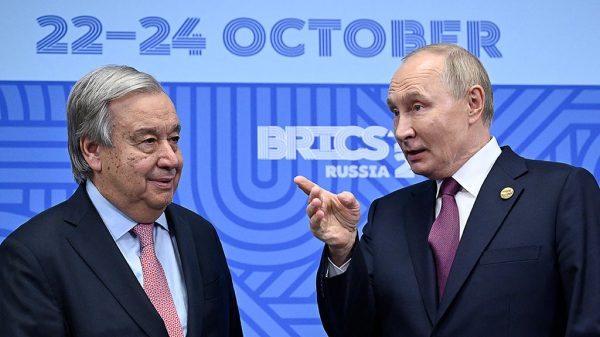



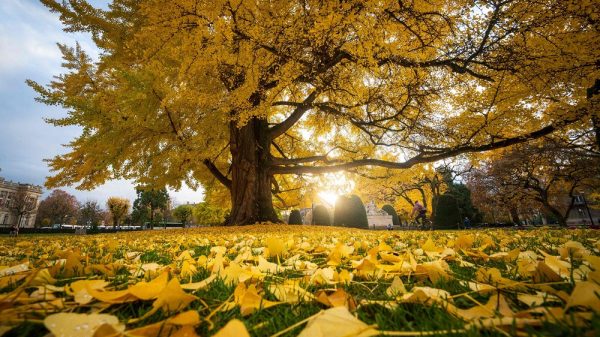

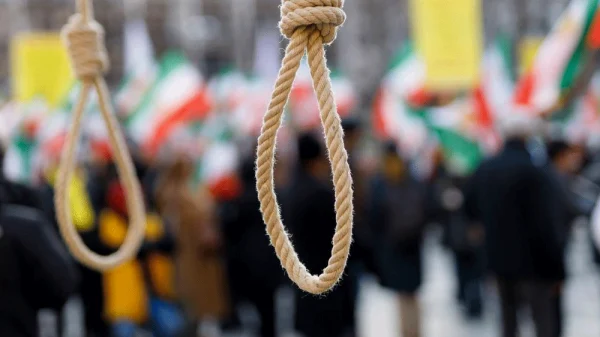
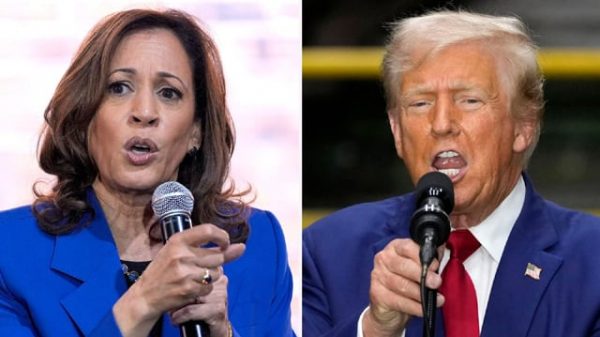
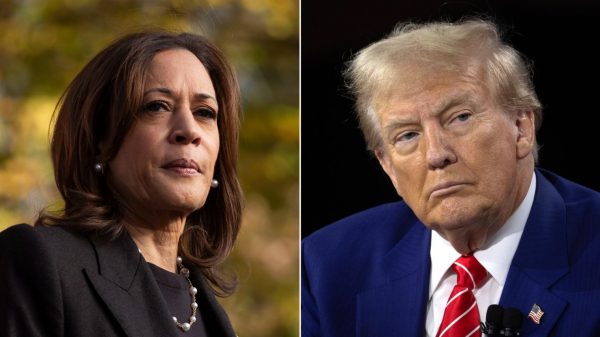
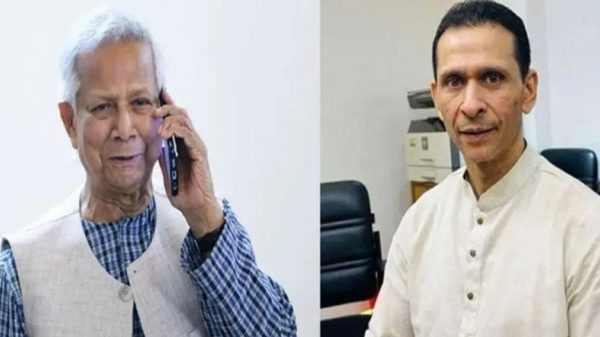



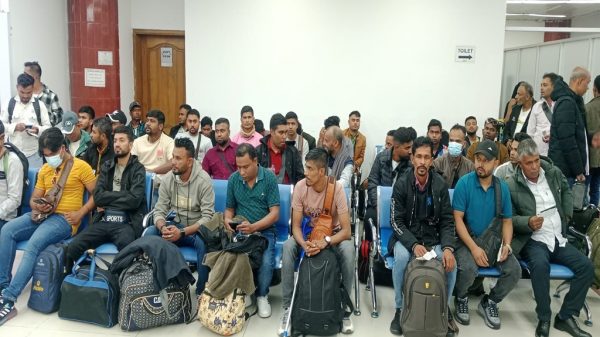
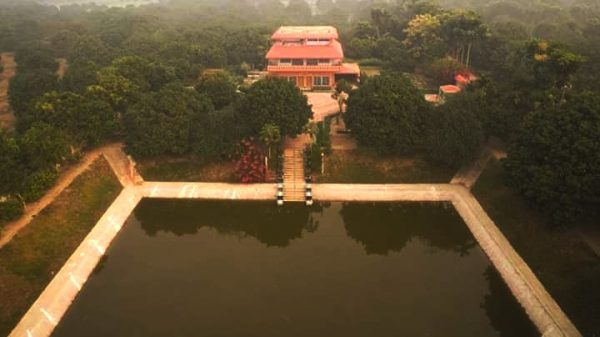
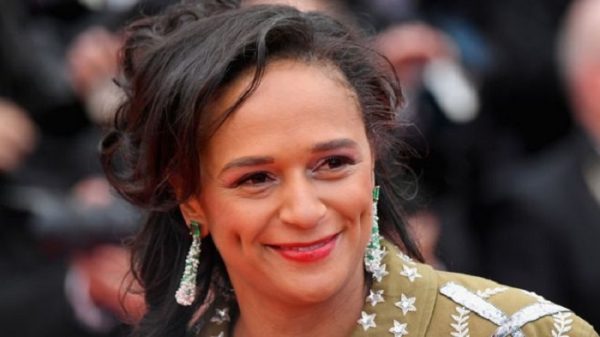
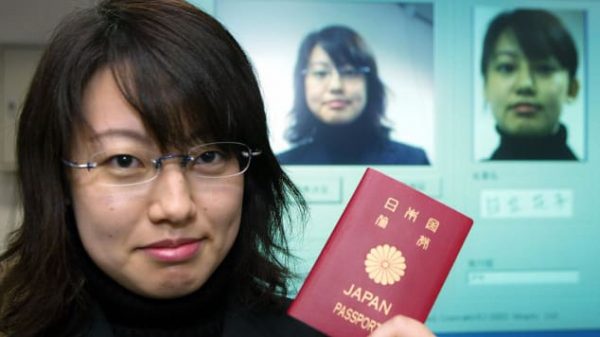
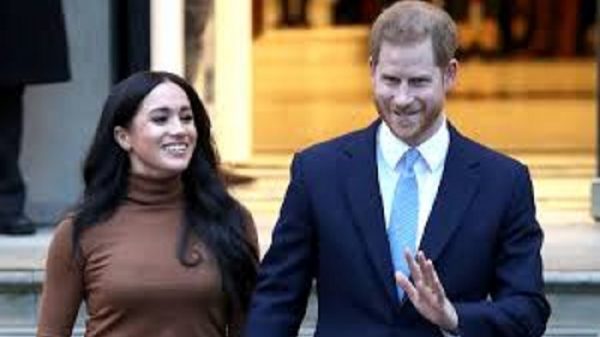
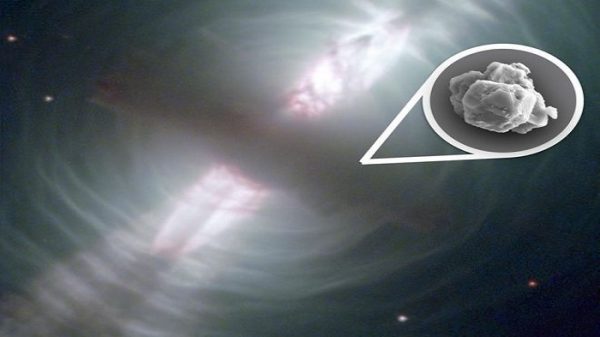
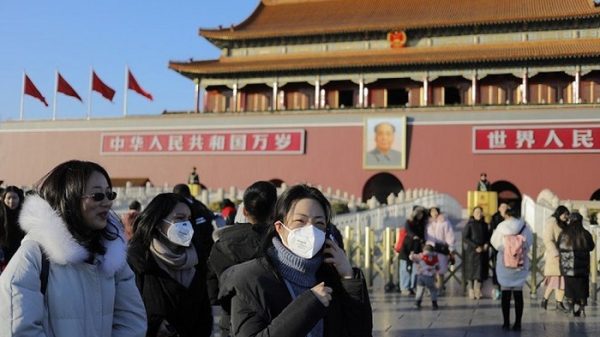





Leave a Reply